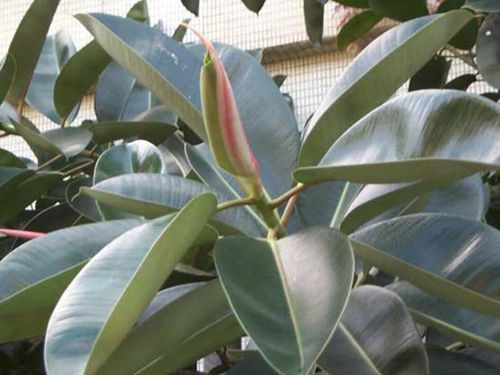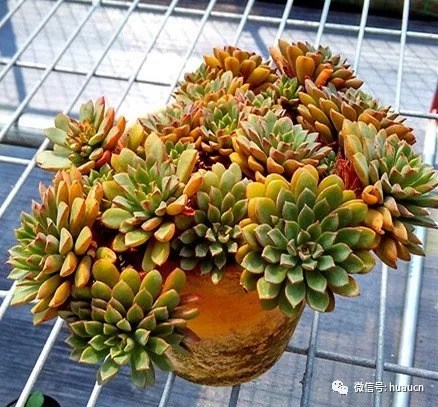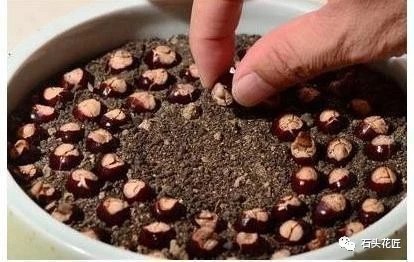How to cultivate rubber trees what are the methods of raising rubber trees? Pay attention to these points and get stronger.

Raising rubber trees can use loose and fertile sandy soil, keep the soil moist, apply appropriate amount of fertilizer, but use less nitrogen fertilizer. Usually need to give it sufficient sunlight, as well as ventilation growth conditions. Propagation can be done by cutting and preventing common diseases.
Rubber trees like high temperature, humid, sunny environment, but also can withstand shade but not cold. Black King Kong trees like the sun and love to chase light, so they need to change direction every ten days to prevent long deviation. Wait for micro-dry before watering, the root can not lack of soil, appropriate amount of fertilizer every month. Be careful in summer, 30 centimeters away from the glass window, in case the sun is too strong and burn the tender leaves.
I. Culture environment
1. Preparation of basin soil for rubber tree culture.
Rubber trees like rich, loose sandy soil. The culture soil can be mixed with rotten leaf soil, garden soil and river sand, and a small amount of cake fertilizer can be used as base fertilizer. Young plants should be changed every other year. Rubber trees like loose and fertile sandy soil and can be cultivated with a mixture of rotten leaf soil, garden soil and sandy soil.
2. Watering methods for rubber tree culture.
Rubber trees like to be wet, but avoid waterlogging and are not resistant to drought. Spring and autumn should make the basin soil in a moist state, and often sprinkle water to its leaves and around to increase air humidity.
Rubber trees need a lot of water in summer, and they need to be watered every day to keep the basin soil moist and increase the frequency of watering. When the winter temperature is low, the basin soil is better to be watered, but if the winter temperature is about 10 ℃, the basin soil should be kept moist, and the basin soil is easy to lose leaves when it is dry. The spring and autumn season should keep the soil moist, and there is a great demand for water in summer. Watering should be carried out every day, the amount of water should be increased appropriately, and water should be often sprayed to the leaves or around to improve the humidity in the air. In winter, the soil should be kept in a slightly dry state.
3. Fertilization: apply appropriate amount of fertilizer, but use less nitrogen fertilizer. If there is too much nitrogen fertilizer, it will lead to excessive growth of stems and leaves. During the growth period, rotten liquid fertilizer was applied at intervals of 20 days. In order to control the height of the formed plant, the mixed liquid fertilizer should be applied once every 2 months during the growth period.
4. Lighting: if you want the rubber tree to grow better, you need to give it plenty of sunlight, put it in a sunny place for indoor farming, and pay attention to proper ventilation.
Rubber trees like the warm, humid, sun-deficient environment, but also slightly resistant to shade, not cold. It is required that the soil be rich and loose, and grow well in neutral or acidic soil. When potted, it is appropriate to use rotten leaf soil, grass ash soil plus about 1 to 4 river sand and a large number of base fertilizer to make up the soil. Usually keep the soil moist and apply dilute liquid fertilizer every 15-20 days. In the summer low temperature season, the rubber tree grows faster, should be big, thin and small water, but to prevent stagnant water in the basin. After entering autumn, gradually increase fertilization and watering, rush into the plant growth emptiness, which is conducive to overwintering. Because rubber trees like the sun, they should be kept outside in the sun from spring to autumn; if left in the shade for a long time, it is easy to cause leaves to yellowing and falling off. Like sunshine, single is also more resistant to shade, watering more overnight tea, the whole plant should often spray water, wipe the leaves with wet cloth, which is beneficial to photosynthesis.
- Prev

Maintenance experience of succulent plant Nelumbo nucifera
Elaeagnus angustifolia, also known as Daliyin, is a succulent plant of the genus Sedum of the family Sedum, whose scientific name is Sedeveria 'Darley Dale', which is a horticultural variety of hybrids between Sedum and Euphorbia. Miyelian single head is not big, about 3-5cm, the largest.
- Next

Three kinds of fruit kernels are soaked in water for 7 days and new buds emerge and grow into small potted plants in 60 days.
With the improvement of people's requirements for the living environment, growing flowers indoors has become a part of many people's lives. Raising several pots of green plants indoors can not only purify the air, but also purify the mind and make the room full of vitality.
Related
- Wuhan Hospital Iron Tree Blooming Result Was Instantly Frightened by the Gardener Master
- Which variety of camellia is the most fragrant and best? Which one do you like best?
- What is the small blue coat, the breeding methods and matters needing attention of the succulent plant
- Dormancy time and maintenance management of succulent plants during dormancy
- Minas succulent how to raise, Minas succulent plant pictures
- What are the varieties of winter succulent plants
- How to raise succulent plants in twelve rolls? let's take a look at some experience of breeding twelve rolls.
- Attention should be paid to water control for succulent plants during dormant period (winter and summer)
- Watering experience of twelve rolls of succulent plants
- Techniques for fertilizing succulent plants. An article will let you know how to fertilize succulent plants.

